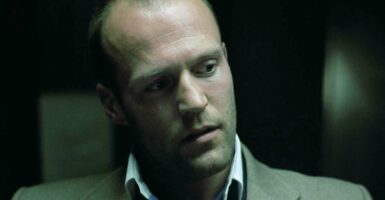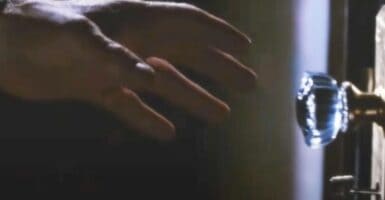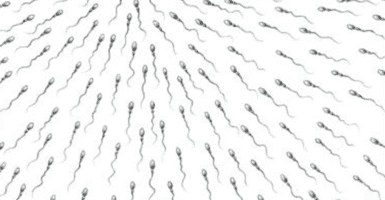Early Stem Cell Treatments For Human Blindness Show Promise
This article is more than 2 years old
 Stem-cell therapy is one of the most promising, and most controversial, fields in cutting-edge medicine right now. It’s been heralded as possibly being able to treat or cure everything from cancer to spinal cord injuries, but it’s still very much in its infancy — at least partly because there are many people who don’t think we should be doing it at all. Thankfully the research is progressing, and generating some exciting results. For instance, tests have just been completed on the first people to receive human embryonic stem cell transplants, and not only are they not showing any negative effects…they’re actually reporting improvement.
Stem-cell therapy is one of the most promising, and most controversial, fields in cutting-edge medicine right now. It’s been heralded as possibly being able to treat or cure everything from cancer to spinal cord injuries, but it’s still very much in its infancy — at least partly because there are many people who don’t think we should be doing it at all. Thankfully the research is progressing, and generating some exciting results. For instance, tests have just been completed on the first people to receive human embryonic stem cell transplants, and not only are they not showing any negative effects…they’re actually reporting improvement.
Time magazine reports that the study was the brainchild of UCLA’s Jules Stein Eye Institute, and was published in the journal Lancet. The experiment involved injecting retinal cells created from embryonic stem cells into the eyes of two volunteers suffering from vision disorders. To clarify, this study was not intended to gauge whether stem-cell therapy could be used to treat their disorders, but rather as a preliminary test to make sure their bodies would not reject the cells, form tumors, or cause other problems. On that front the test is a success, with neither patient reporting any ill effects. Dr. Steven Schwartz, director of the Diabetic Eye Disease and Retinal Vascular Center at UCLA, had this to say: “This is very important for the field of human embryonic stem cell research. It opens the door for multiple strategies in the field, and hopefully for everyone investigating [this technique], it puts some wind in their sails.”
The two patients — a 78 year old with macular degeneration and a 51 year old with macular dystrophy — each had 50,000 cells injected into the subretinal space of one of their eyes. This part of the eye is “uniquely isolated from the body’s patrolling immune cells” and thus less likely to cause rejection. The older patient, a woman named Sue Freeman, is reportedly now able to see more letters on an eye chart. The researchers are not sure whether some of this change could just be psychosomatic, however, since Freeman is reporting improvements in both eyes, despite having only received the treatment in one. The second patient, Rosemary, has seen undeniable improvements, with her vision increasing to 20/800. “I don’t have to grab my magnifying glasses or reading glasses as much anymore,” says Rosemary, “and I don’t have to blow things up on my monitor. I can see details in the operated eye that I can’t see in the unoperated eye.”
Schwartz was cautious but optimistic about the results:
The improvement in vision is a tiny biological signal. It could be disproven, or it could be the beginning of something fantastic. The important thing here is that at four months, we saw the cells transplanted successfully into the subretinal space, they engrafted, and there was no immune rejection and not tumors, so it appeared safe.












